1,577 days, 2,409 entries ...
Newsticker, link list, time machine: HOLO.mg/stream logs emerging trajectories in art, science, technology, and culture––every day
“There is a death drive in all of this. It is a drive to lethality. It is a drive towards self-destruction but also the destruction of all others. That is what underlies these systems.”
An immersive, data-driven experience that links fluvial systems, glaciers, and climate change, Theresa Schubert’s solo exhibition “Melting Mountains” opens at MEINBLAU, Berlin, bringing together all three parts of The Glacier Trilogy (2021-22) for the first time. In it, the German bio artist draws on field research in the Western Alps to synthesize fictional archives of snowy peaks, trap ancient meltwater in hand-blown glass sculptures, and drive simulated glacial water systems with visitors’ CO2 exhalations.
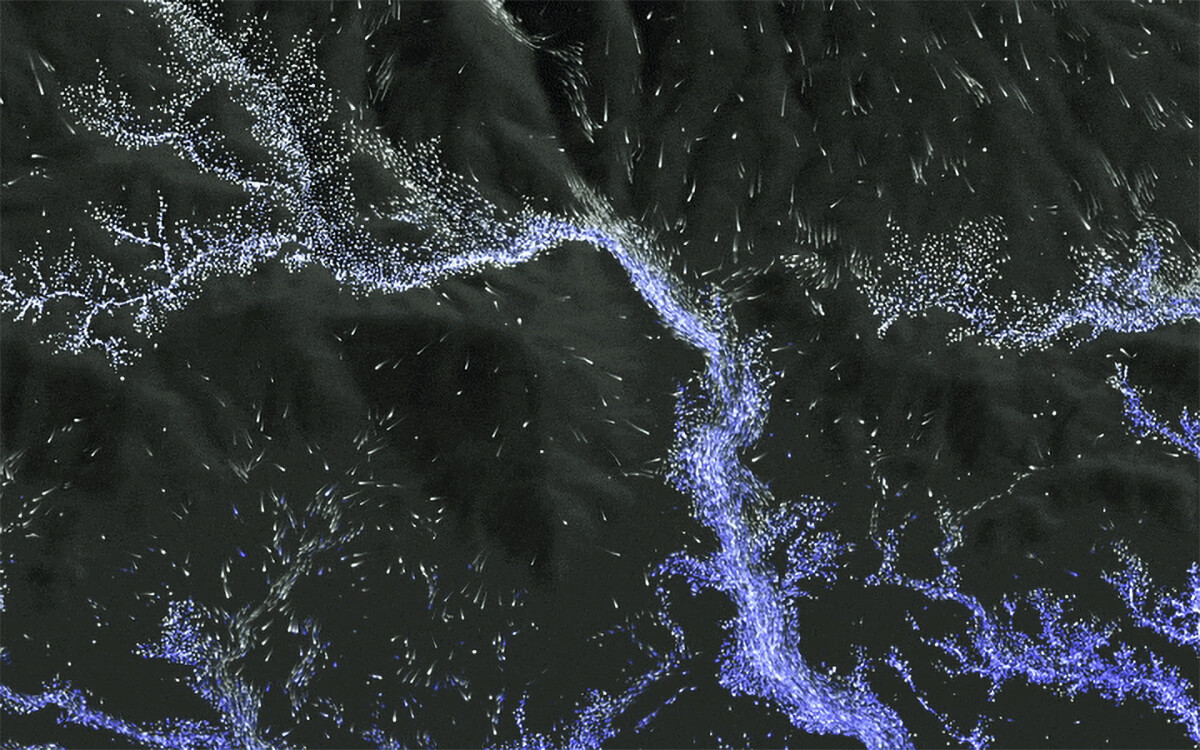
“This is what happens when you deprioritize news on a platform. You don’t actually get less news. You just get more Shrimp Jesuses.”
“If your full-time, eight-hours-a-day, five-days-a-week job were to look at each image in the dataset for just one second, it would take you 781 years.”
To illuminate how generative AI models like Midjourney and Stable Diffusion derive their worldview from its 5.8 billion image and text pairs, German data journalist Christo Buschek and Canadian software artist Jer Thorp deconstruct the (only) open-source foundation dataset LAION-5B in an incisive, visual essay. Digging deep into its troubled contents, algorithmic—not human—curation, and entanglements with other systems, the two warn about stacking “models on top of models, and trainings sets on top of training sets.”
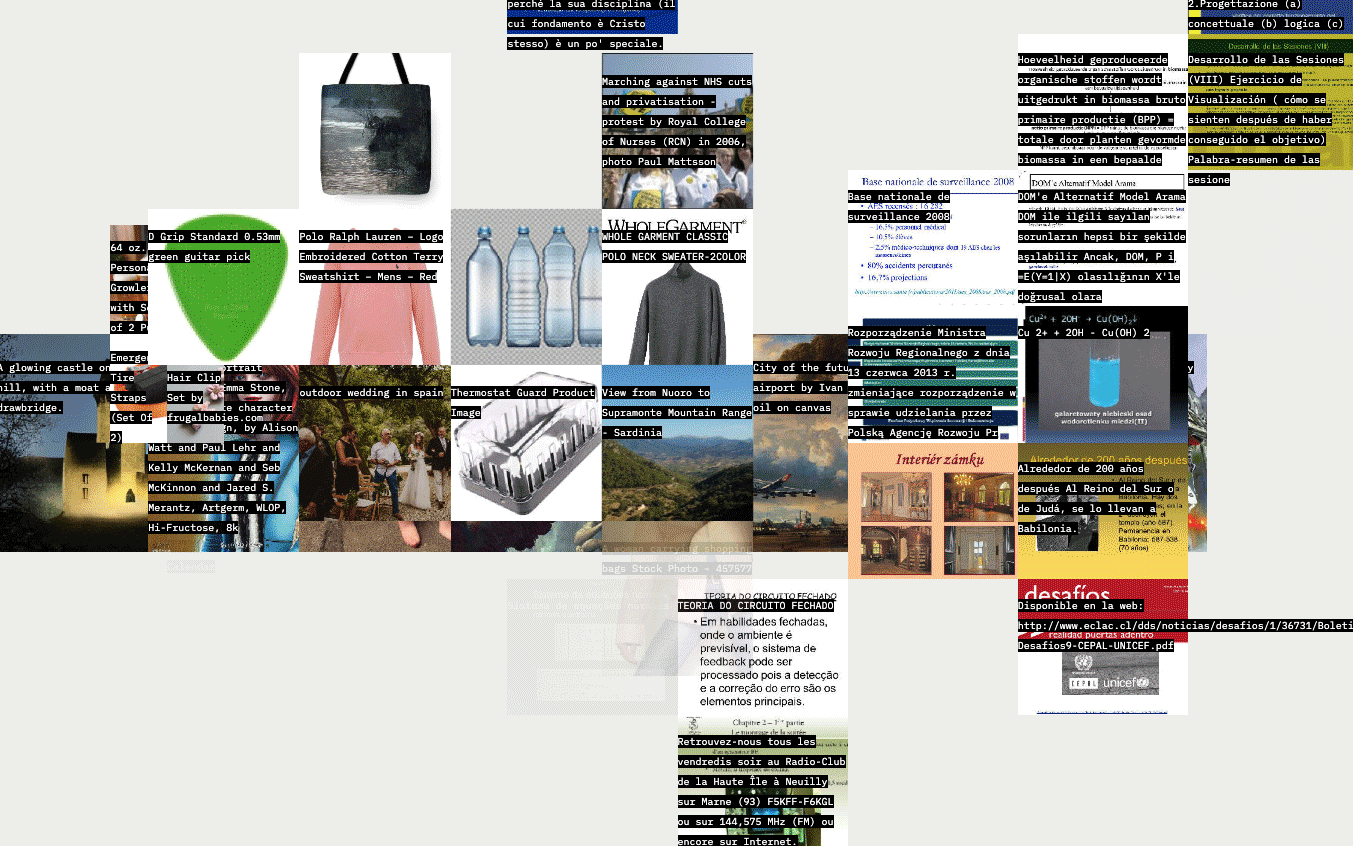
“Organizations using AI are hiring much fewer engineers for AI-related software than in 2022: 28% of organizations reported hiring for these roles in 2023, down from 39% in 2022.”
“But who was this ‘quite normal’ person? And what did she think of ELIZA? In this chapter of the history of talking machines, we only have one side of the conversation.”
How (not) to get hit by a self-driving car, an installation and game by Tomo Kihara and Daniel Coppen, opens at San Francisco’s Asian Art Museum. Navigating a mock-street in the gallery, visitors try to make their way across a crosswalk without being detected by a computer vision system. A provocation in a city where autonomous vehicles are regularly involved in accidents, the game underscores “how going unseen by a similar AI system in an actual self-driving car could result in a tragic collision.”
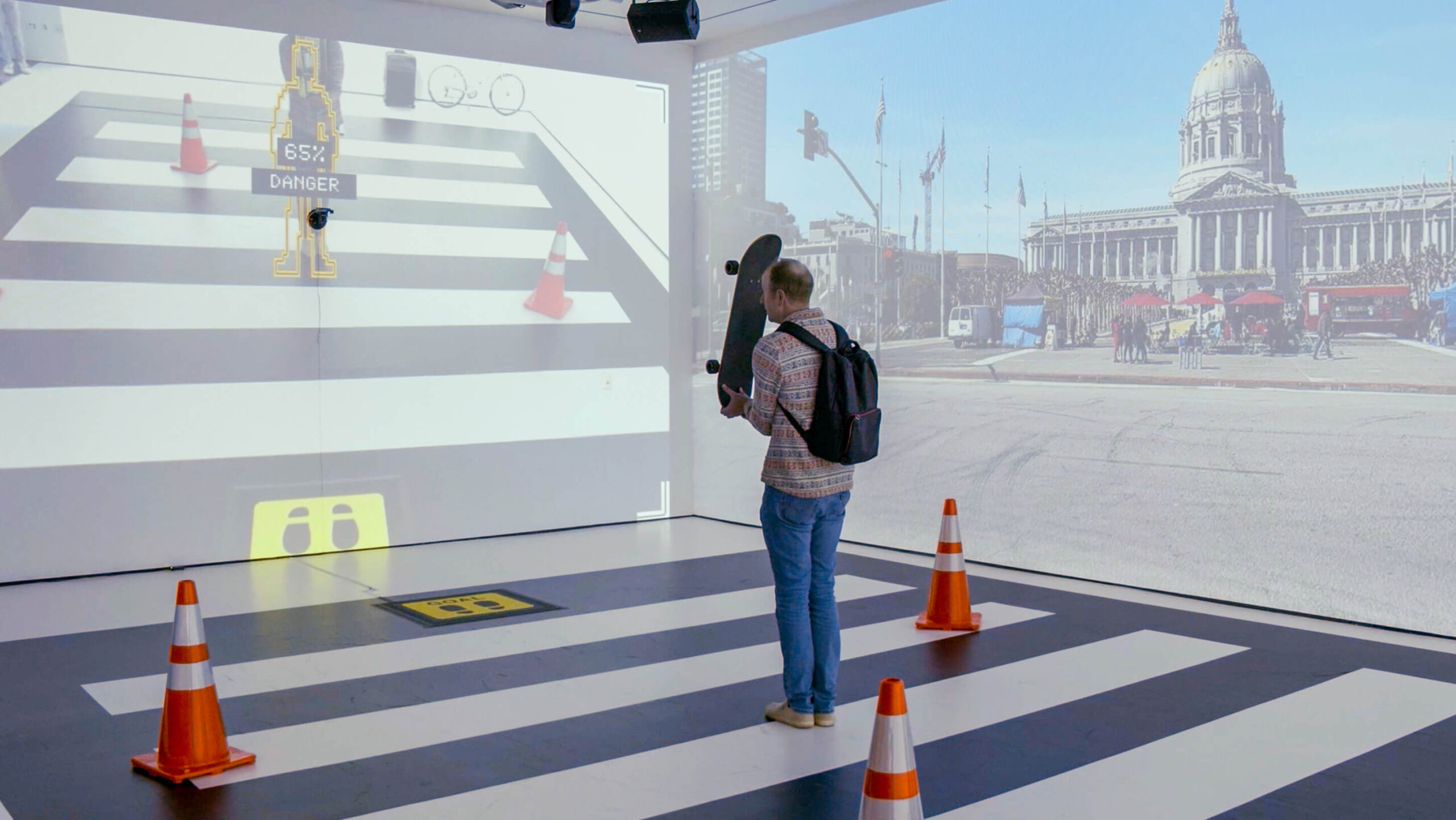
Madhumita Murgia
Code Dependent
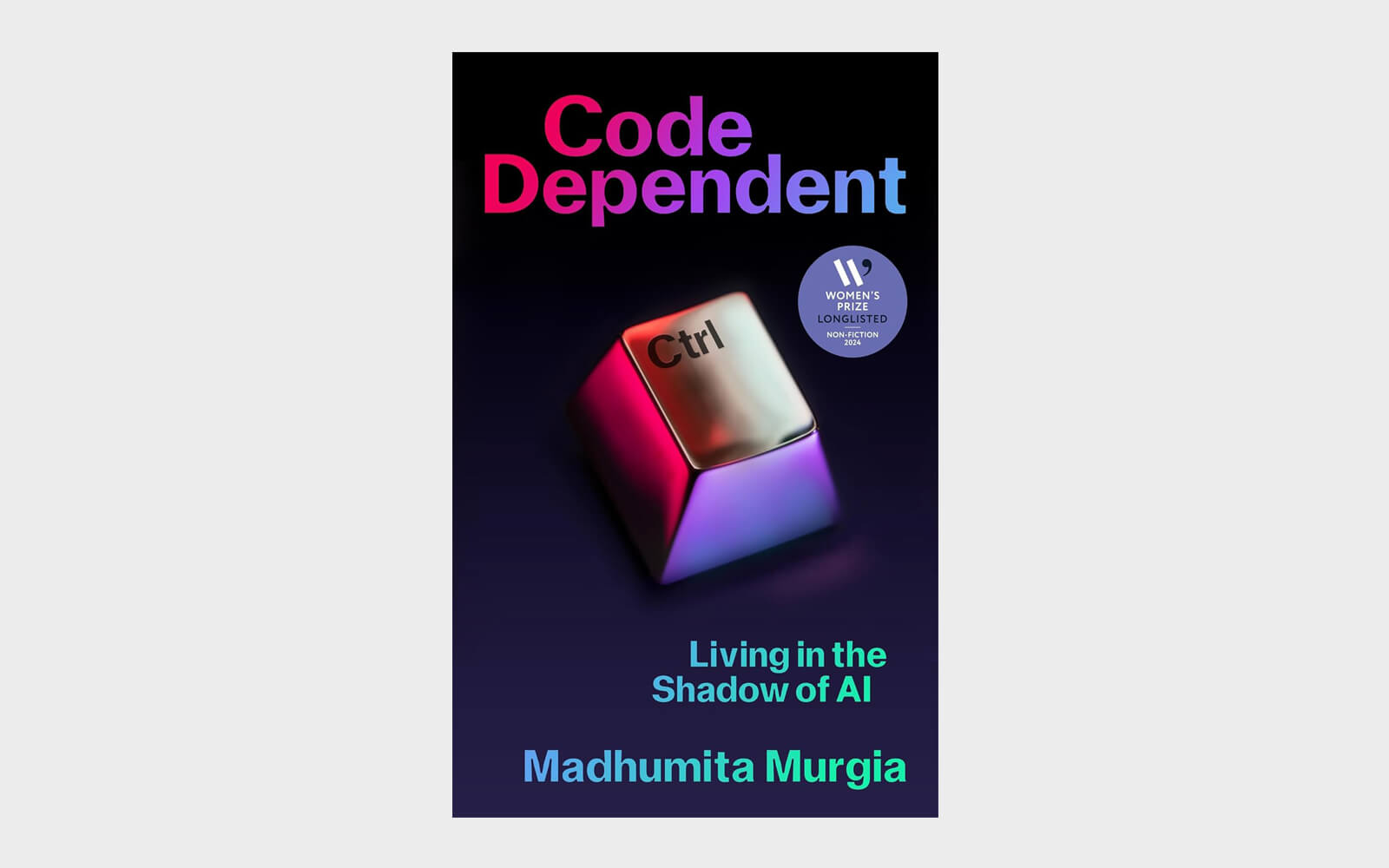
“We’re artists. We’re not here to be reasonable, or to do what’s necessary, or to cater to regulatory appetites. We’re here to be unreasonable, unnecessary, and counter-appetite. If we stand for opt-in and all we get is opt-out, at least we tried.”
Consumer advocates Public Citizen release “Mushrooming Risk,” a report on the danger of AI tools to foragers. Spurned by recent hospitalizations, researcher Rick Claypool outlines the folly of using apps to identify species and gauge edibility. “Mushroomers must take the time to develop their skills at their own pace,” he writes, championing local knowledge over app reliance. Experimenting with DALL-E compounded his fear; when he prompted it to label basic mushroom anatomy, it hallucinated utter nonsense (image).
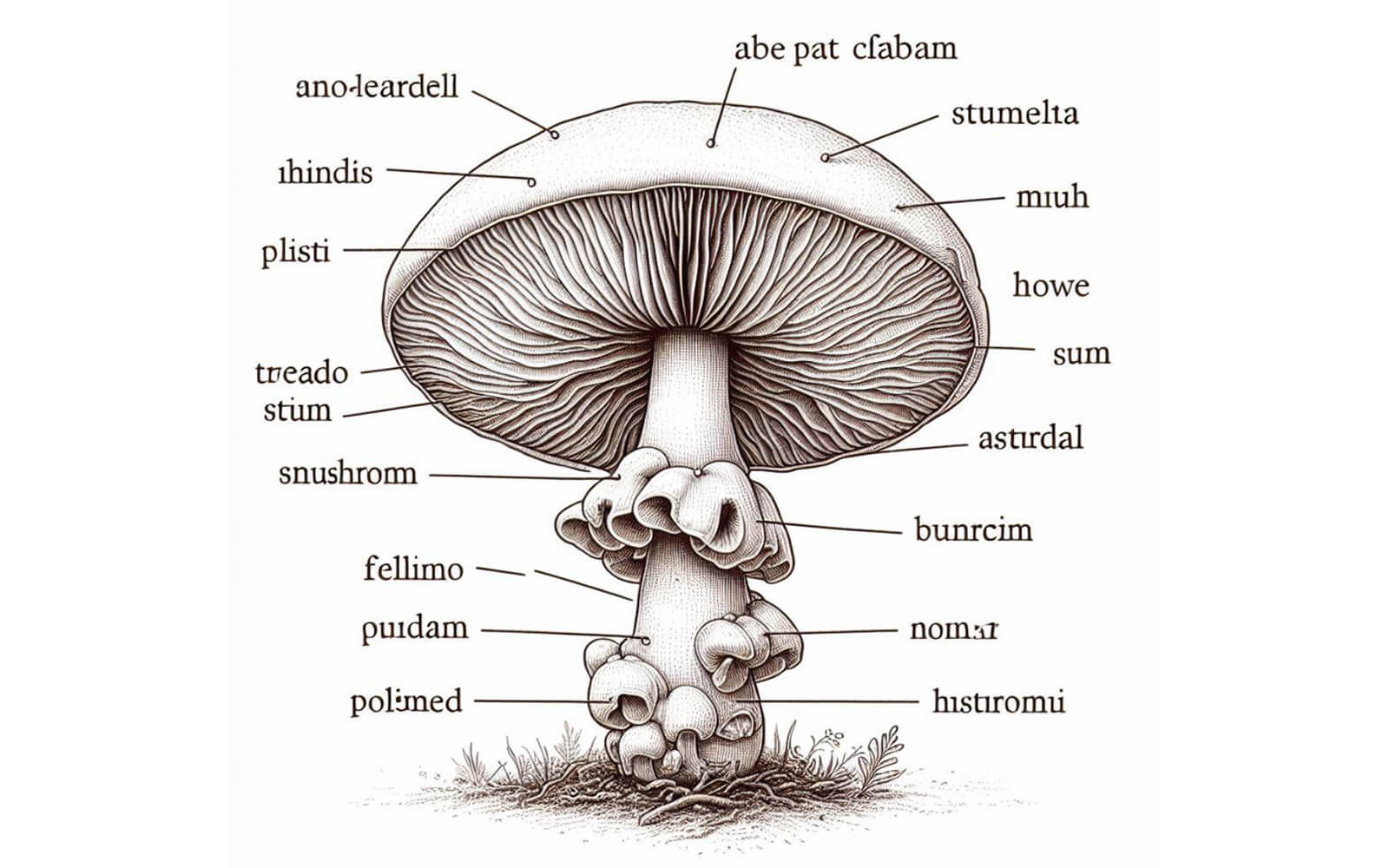
“László Moholy-Nagy telephoned instructions to a factory in the 1920s to produce images without the need to be on-site to direct production.”
“The line, when regarded close up, does not have the sweeping fluency or charm of the human hand, of a Matisse, for instance, whom some of the linear portraits seem to be channelling.”
“So literally, I was like, what the fuck? Get these down. What are you doing? It’s as if I was the head of Gucci, and there’s all these knockoffs.”
“The internet is filling up with ‘zombie content’ designed to game algorithms and scam humans. It’s becoming a place where bots talk to bots, and search engines crawl a lonely expanse of pages written by artificial intelligence.”
“Neither side in the debate on ‘killer robots’ has addressed the most potentially unnerving aspect of using them in battle: sooner or later, they’ll be able to communicate with each other without human intervention.”
“It’s estimated that a search driven by generative AI uses four to five times the energy of a conventional web search. Within years, large AI systems are likely to need as much energy as entire nations.”
“If you put me to a wall and forced me to put probabilities on things, I have a sense that our current remaining timeline looks more like five years than 50 years. Could be two years, could be 10.”
KW Berlin opens “Poetics of Encryption,” an extensive group exhibition that builds on curator Nadim Samman’s eponymous book, illuminating “Black Sites, Black Boxes, and Black Holes”—terms that indicate how technical systems capture users, how they work in stealth, and how they distort cultural space-time. The show gathers both historic and newly commissioned works by over 40 artists including Nora Al-Badri, Clusterduck, Kate Crawford & Vladan Joler, Simon Denny, Eva & Franco Mattes, Trevor Paglen, Rachel Rossin, and Troika.
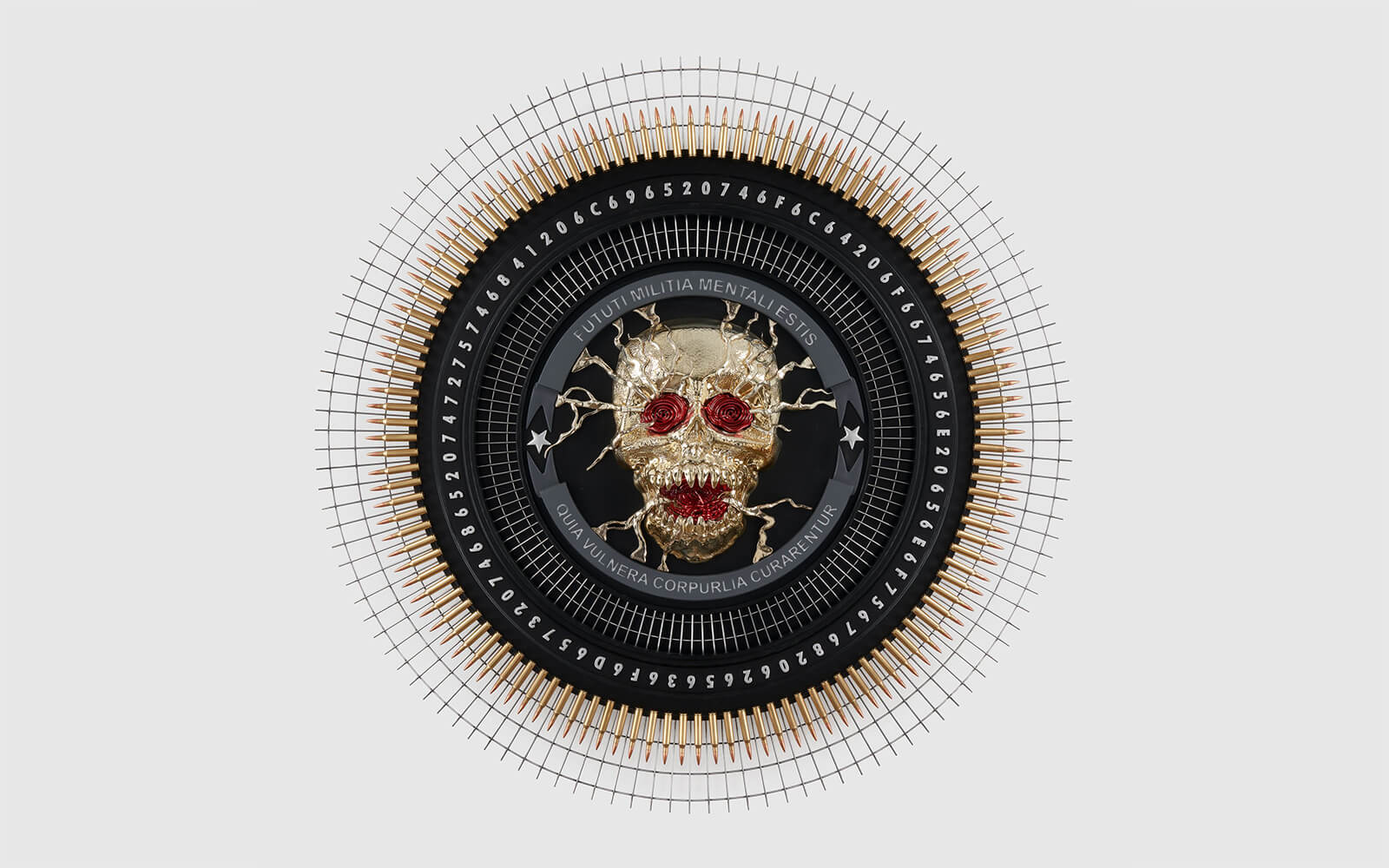
Daily discoveries at the nexus of art, science, technology, and culture: Get full access by becoming a HOLO Reader!
- Perspective: research, long-form analysis, and critical commentary
- Encounters: in-depth artist profiles and studio visits of pioneers and key innovators
- Stream: a timeline and news archive with 1,200+ entries and counting
- Edition: HOLO’s annual collector’s edition that captures the calendar year in print
